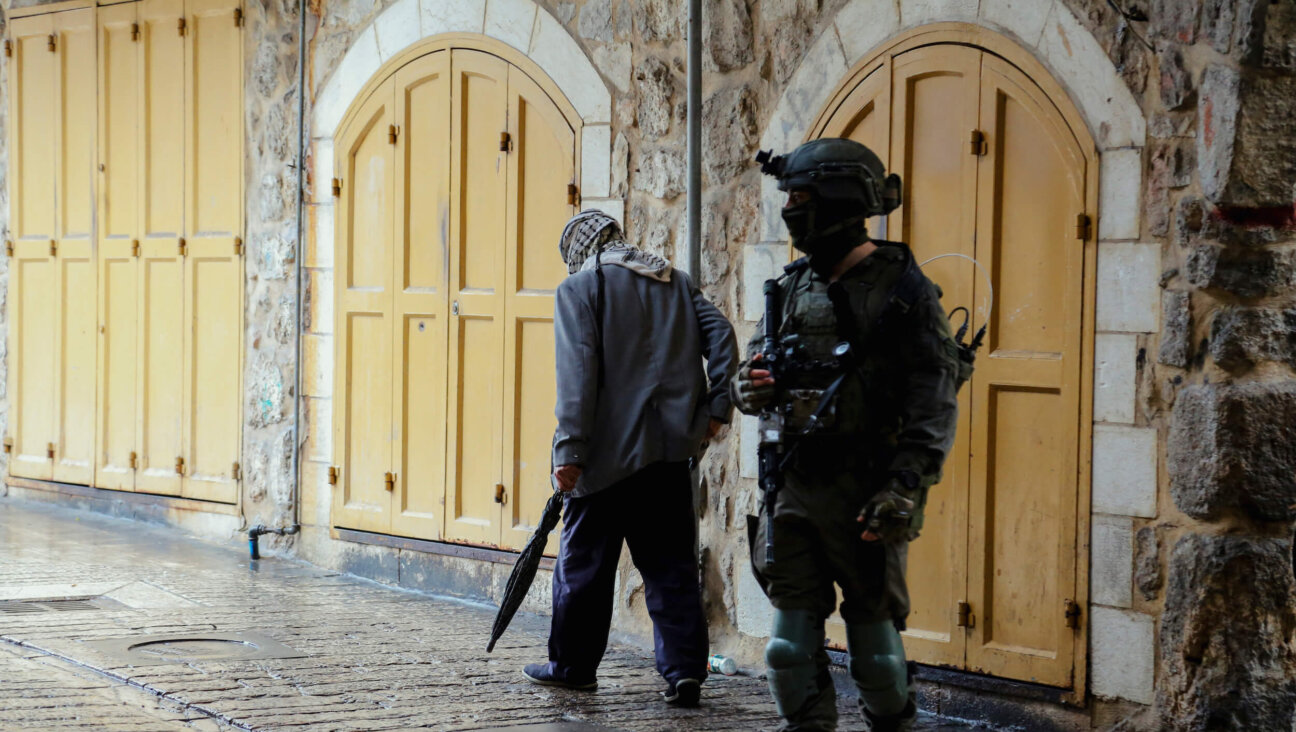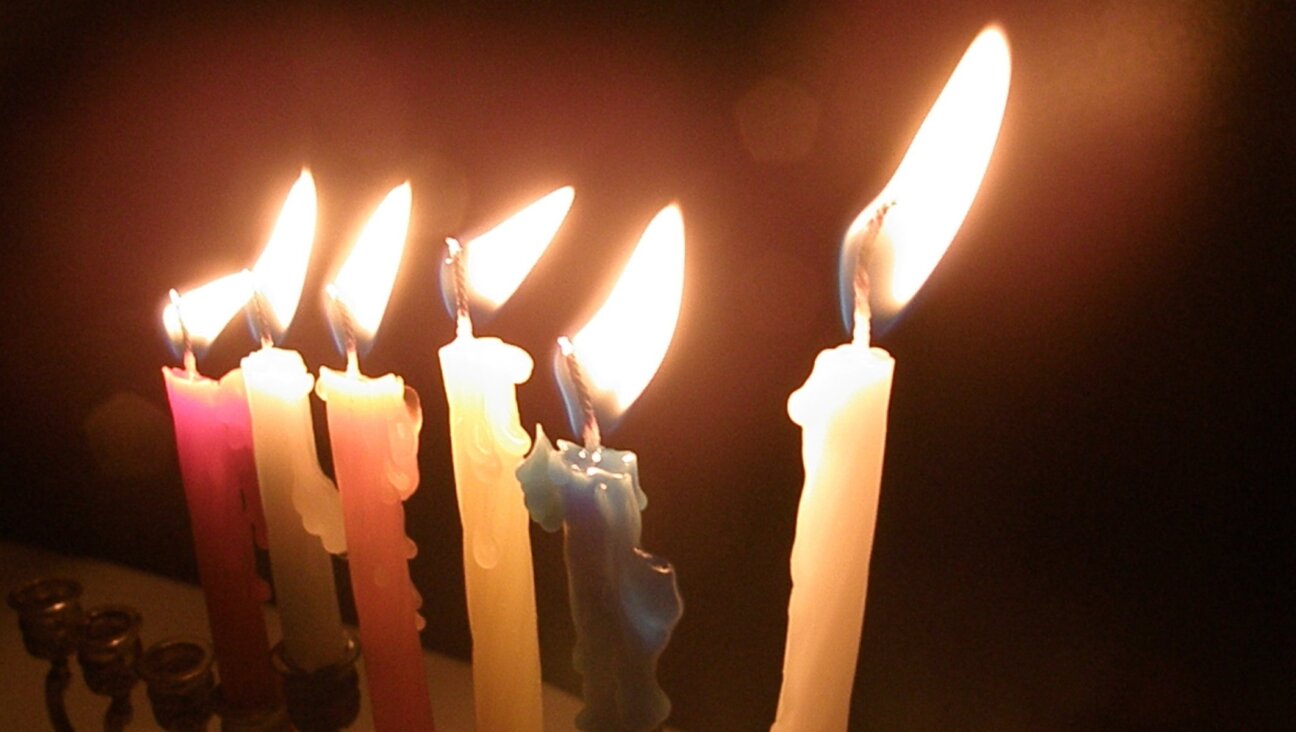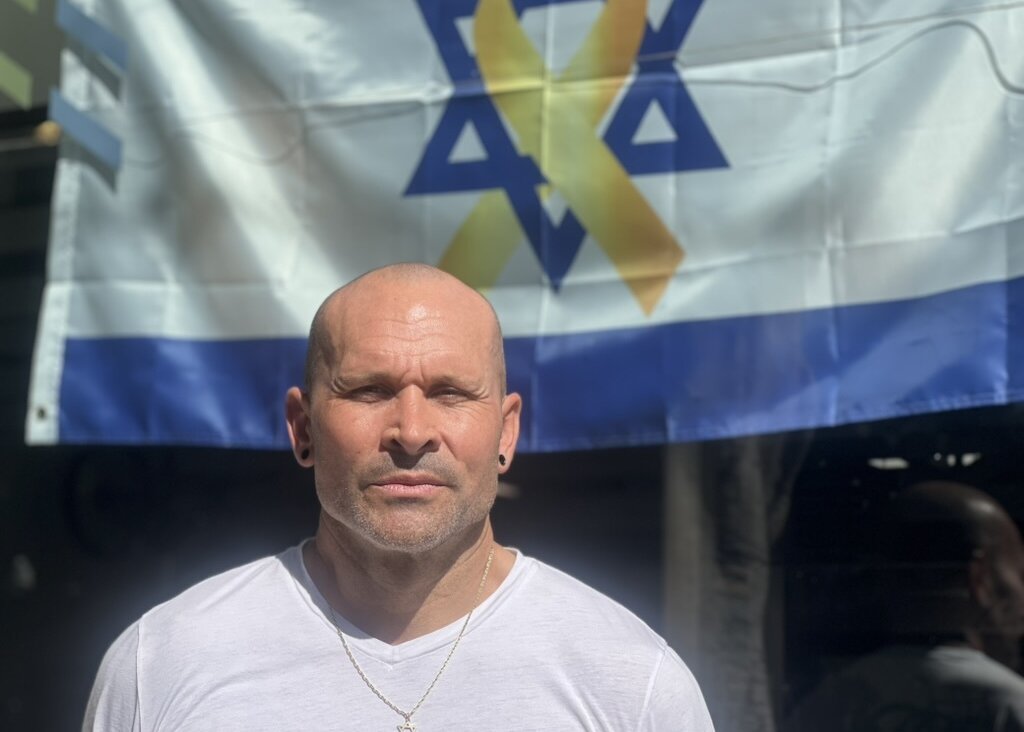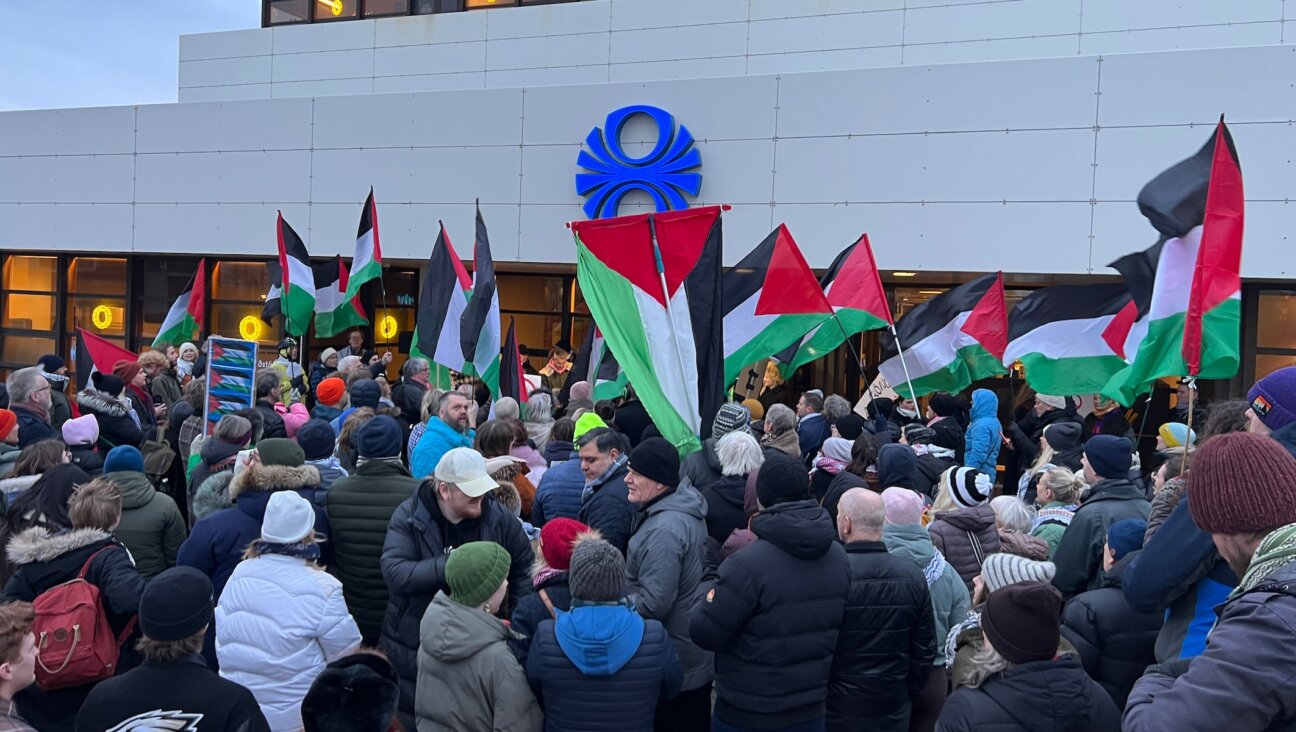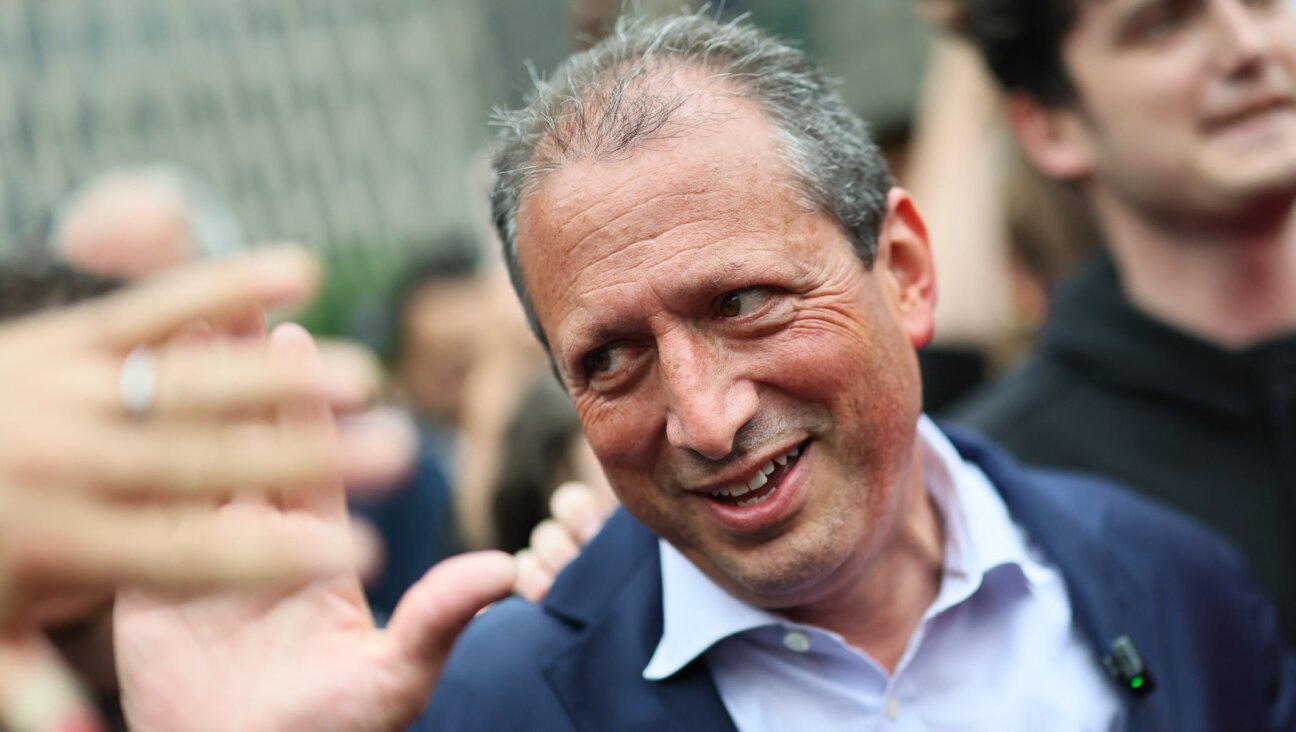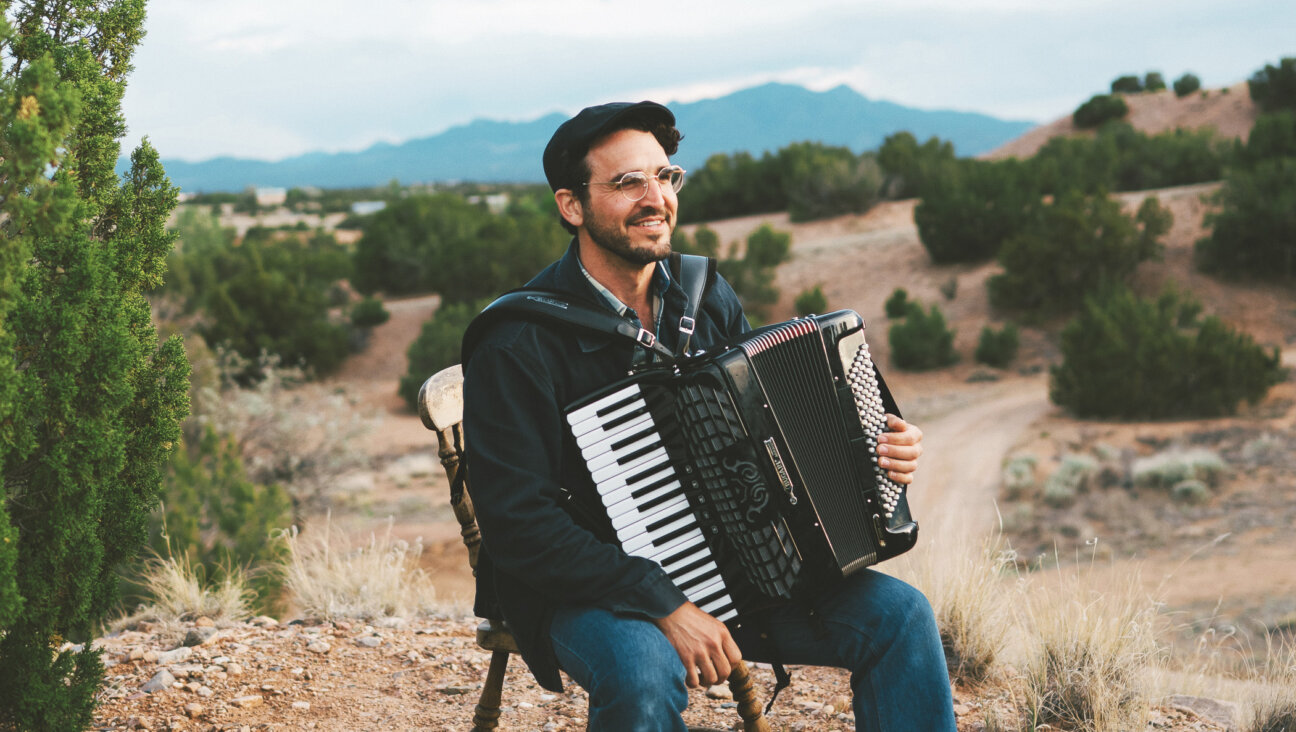Which elite university figured out how to handle anti-Israel protests? Hint: It’s in Israel
At Ben Gurion University, protesters wore keffiyehs, brandished Palestinian flags and cheered fiery speeches. Then everyone ‘went back to class together’

Students attend a pro-Palestinian rally against the Israel-Hamas war on the campus of the University of Southern California on April 24. Photo by Frederic J. Brown/AFP via Getty Images
As mass arrests have been made at more than 20 colleges in the two weeks since an encampment at Columbia University inspired a national wave of protests, it’s become clear that few university administrations have draped themselves in glory.
Their reactions to campus protests against Israel have veered from feckless to oppressive. Either protesters have been given too-free rein to shout eliminationist, antisemitic slogans and disrupt campus life, or they have been met with over-the-top paramilitary confrontations — which has only inspired more protests.
Has any college president anywhere figured out a way to respond besides capitulation or chaos?
At least one has. And — plot twist — he’s in Israel.
“I think what we’re seeing is that in many universities, they are reaping the fruits of their inactivity,” Daniel Chamovitz, president of Ben Gurion University of the Negev, said in a phone interview.
Two years ago, in May 2022, Chamovitz, who heads a campus in Beersheba — just 25 miles from Israel’s border with Gaza — found himself at the center of a heated debate over a proposed pro-Palestinian protest. Palestinian-Israeli students on campus had declared their intention to commemorate the Nakba, the Arabic term for the events of 1948, in which Israel achieved statehood and 750,000 Palestinians either fled or were forced from their homes.
At the same time, the group Im Tirtzu, which often takes stands against groups calling for coexistence and civil rights, declared its intention to hold a counterprotest.
Chamovitz, a Pennsylvania-born plant geneticist who took over as the university’s president in 2019, made the fateful decision to engage the protesters before they protested.
“I called the heads of the two groups together and said, ‘You both want to demonstrate at the same time, how are we going to make sure that this is a peaceful demonstration?’” said Chamovitz.
Together with the dean of students, the groups worked out rules of engagement. They decided how far apart the two groups would remain, how many security personnel each group had to bring along to ensure their sides stayed orderly, how long they could each demonstrate, and “who would be screaming at what time, and what was allowed to be said and what was not allowed to be said.”
The groups signed off. The university closed the campus. Administrators knew, based on past experience, that outside agitators only make things more agitated.
About 50 pro-Palestinian protesters showed up, waving Palestinian flags, singing Palestinian songs. About 300 counter-protesters demonstrated as well.
“And when it was over they went back to class together,” said Hamowitz, “and we saw it as a huge success.”
Hamovitz, who wrote about the experience in a recent Times of Israel blog post, told me that success wasn’t the end of the story.
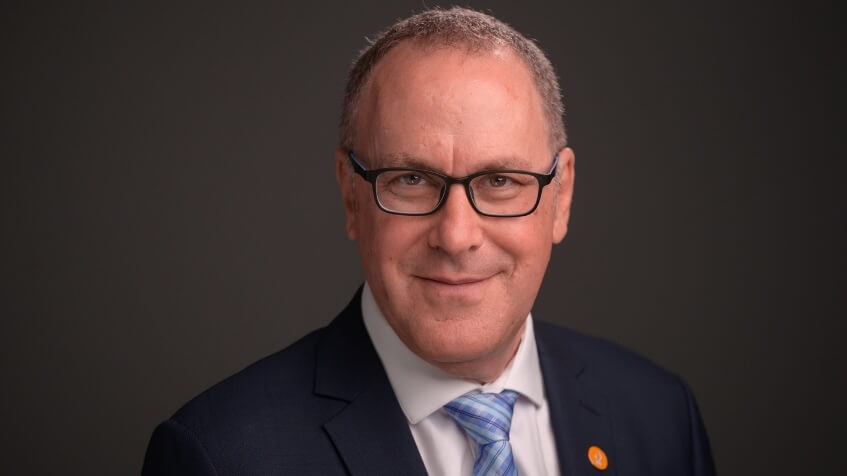
He didn’t anticipate that a political uproar would follow the event. But it did, provoked by social media posts and skewed media coverage.
Rightwing politicians called him a traitor for allowing the display of Palestinian flags. He pointed out they are legal under Israeli law. The mayor of Beersheba, who hadn’t been aware of the rallies, sent Hamovich a letter calling the Palestinian protest “a disgrace.”
Later, a civil rights group had to defend one of the Arab protesters against charges brought by Im Tirtzu, who claimed that she broke the rules of engagement by using inciting language in her speech. Ultimately, the university, which investigated Im Tirtzu’s claim, chose to halt disciplinary action against her.
Chamovitz’s defense against right wing political attacks was a simple one: He reiterated that a university’s mission is to facilitate an open exchange of ideas in a framework of mutual respect. That’s the same reasoning, by the way, that he used in creating the rules for the protesters themselves: You can’t learn and share opinions when any group feels threatened or unsafe
“I think the reason it worked at the university,” Chamovitz said, “is that we accept the fact that there are differences of opinion. We know we do not agree with each other. We also know we have to live together.”
That distinction seems lost on many American student protesters today. Ben Gurion University has 19,000 students, 13% of whom are Arab-Israeli. In 10 years, it has increased the number of Bedouin students tenfold, from 60 to 600. The American college students calling to boycott Israeli universities — a common demand, alongside divesting from Israeli companies or American companies that do business with Israel — would be punishing some Palestinians, maybe just not the exact same ones they claim to be sleeping in the quad to help.
From 10,000 miles aways, Chamovitz is reluctant to second-guess the decision of his American peers to call in police on students. But he does think that if university administrations began by clearly stating what their values, rules and expectations are, things might not get to the point where calling in the police seemed like the best, last resort.
That doesn’t mean citing rules, but stressing values.
“Freedom of speech doesn’t give university presidents freedom from saying what they think,” Chamovitz said.
It’s not taking sides for a college president to tell students that calling for the annihilation of a country, as some protesters have, or using the tactics of nonviolence to defend or justify Hamas’s violence, contradicts the values of the university.
Some American university presidents have done just that. In a letter to students, Michael S. Roth, the president of Wesleyan College, said he would not eject students staging a camp-in, even though they were breaking campus rules, so long as they did not engage in violent or threatening behavior. “As long as we all reject violence, we have opportunities to listen and learn from one another.”
More administrators, like Roth, need to make their values a red line, said Chamovitz. “It’s not just that some of the protesters are antisemitic. It’s that the students are standing up for values that do not align whatsoever with what liberal higher education stands for.”
When a next wave of protests comes — and we all know it will — Chamovitz’s advice to administrators is to act quickly, before things get out of control. Enter into a dialogue with students, and agree to rules of engagement. Be clear what’s permitted, and what isn’t, like, say, calling for death to all Zionists. Keep outside agitators out. Engage local politicians, and deploy your own social media to counter the inevitable bias and misinformation.
Before Oct. 7, Prof. Sarab Abu-Rabia-Queder, Ben Gurion University’s director of diversity, equality and inclusion, who is Bedouin, took two Arab and two Jewish Israeli students to American campuses to talk about shared society and how to have dialogue with people you disagree with.
“The university campus is the first place where Arabs and Jews actually meet in a daily, equal way,” Abu-Rabia-Queder said during an August 2023 visit to San Francisco. “It doesn’t matter what you think. It’s important that you can express it in a safe space, but also in a way that will not threaten others.”
Chamovitz told me the university is beginning to get new requests from American colleges to have Abu-Rabia-Queder, along with Arab and Jewish students come speak. It can’t happen soon enough.


